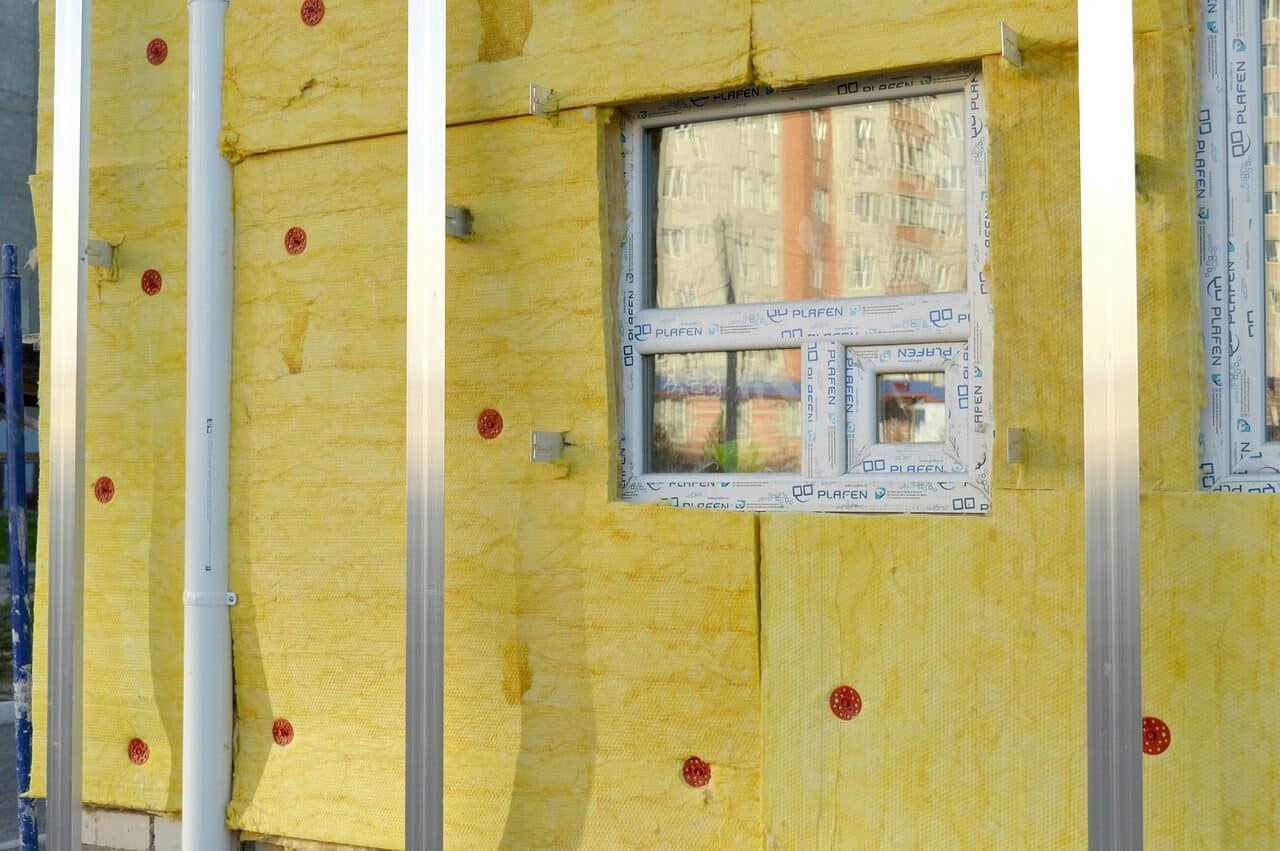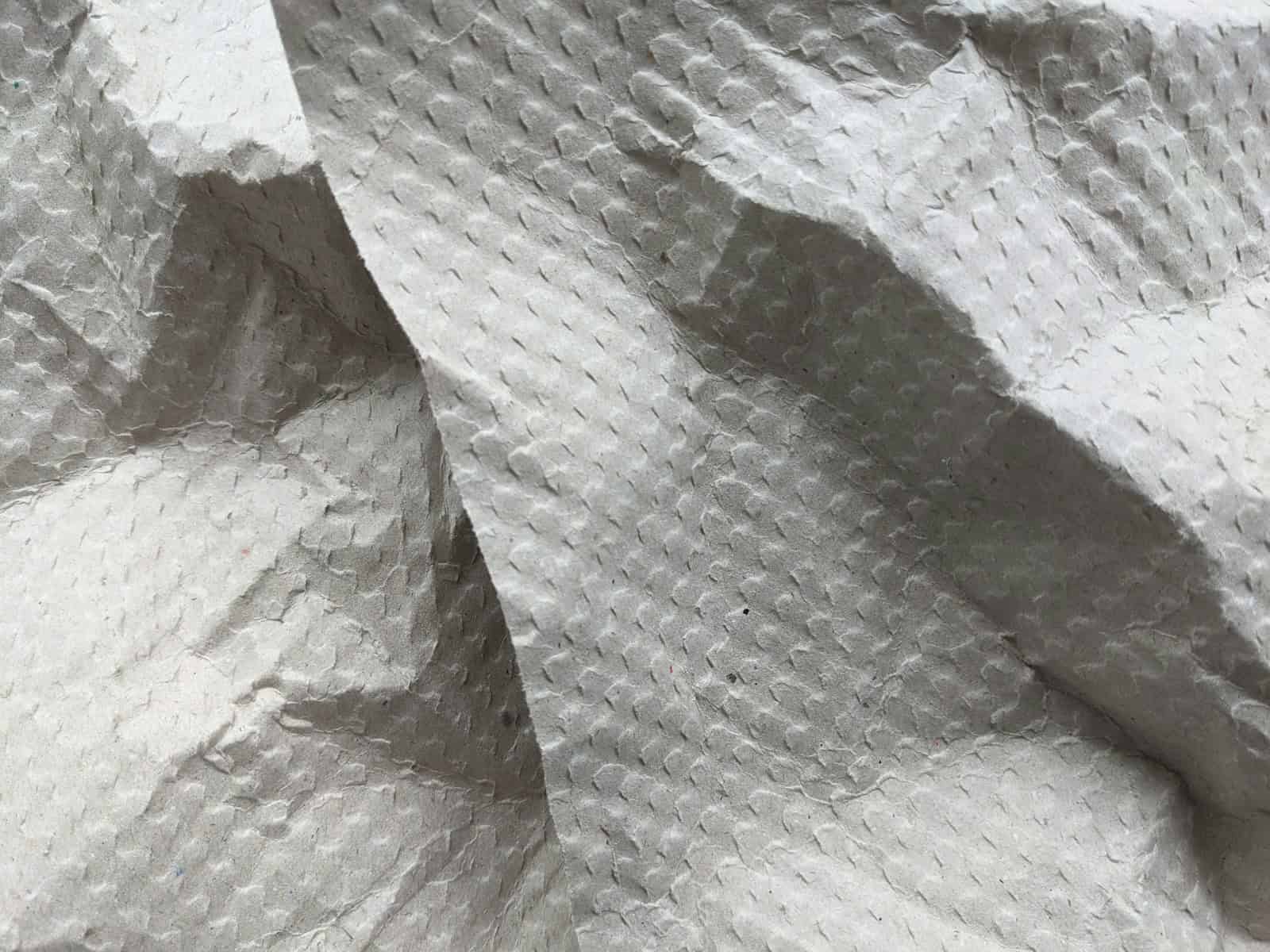Understanding Nylon Insulation: Properties, Performance, and Uses
What is Nylon Insulation?
Nylon insulation is a type of plastic material that comes from a family called polyamides. It’s widely used in electrical and electronics industries because it has three important qualities: it stops electricity from flowing where it shouldn’t, it’s very tough and strong, and it can handle heat well. Its main job is to keep electrical wires separate from each other while also protecting them from damage.
This material works well in many different parts, including:
- Wire and cable coverings, where its ability to resist scratching is very important.
- Electrical connectors and protective cases.
- Terminal blocks and insulating bushings.
- Coil forms in transformers and motors.
This article gives you a complete look at nylon insulation. We’ll examine the material from its basic structure to how it performs in real situations, giving you the information engineers and designers need to choose it confidently. We’ll explore the specific qualities that make nylon a great choice in tough mechanical and heat conditions.
The Science Behind Nylon
To really understand how well nylon works as an insulator, you first need to know its basic material science. The properties that engineers depend on come directly from its unique molecular structure and how its polymer chains work together.
The Polyamide Chain
At its heart, nylon is a polyamide, which means it has repeating amide (-CONH-) groups in its polymer backbone. These amide groups are polar, meaning they have a slight electrical charge separation. This polarity creates strong forces between molecules called hydrogen bonds, which form between nearby polymer chains. These hydrogen bonds work like powerful molecular magnets, holding the chains together and giving the material its high strength, stiffness, and heat resistance.
However, this same polarity also creates nylon’s biggest design challenge: it attracts moisture. Water molecules are also polar and are easily attracted to the amide groups, allowing nylon to soak up moisture from the air. This absorption isn’t a flaw but a basic characteristic that changes its properties, which we’ll explore in detail later.
Crystalline vs. Amorphous
Like many semi-crystalline polymers, the long polyamide chains in solid nylon organize themselves into two different types of areas: crystalline and amorphous.
- Crystalline Regions: In these areas, the polymer chains are highly organized and tightly packed in a regular, repeating pattern. The strong hydrogen bonds are strongest here. This orderly arrangement gives nylon its rigidity, high tensile strength, dimensional stability, and resistance to chemical attack. The more crystalline the material, the harder and stiffer it becomes.
- Amorphous Regions: Between the crystalline zones are amorphous regions, where the polymer chains are randomly tangled and disordered. These regions give the material its flexibility, impact strength, and toughness. They allow the polymer chains to move and absorb energy without breaking.
The ratio of crystalline to amorphous regions is an important variable controlled during manufacturing and processing. It determines the final balance of properties, allowing for different grades of nylon that are either more rigid or more flexible, depending on what the application needs. This balance is what makes nylon such a versatile engineering material.
Core Technical Properties
An engineer’s choice of an insulating material is driven by measurable data. Nylon’s value is defined by a specific set of electrical, thermal, and mechanical properties that make it suitable for challenging applications where weaker materials would fail.
Electrical Insulation Properties
While known for its mechanical toughness, nylon’s primary role in this context is electrical insulation. Its performance is defined by several key measurements.
- Dielectric Strength: This measures the maximum electric field a material can handle before electrical breakdown happens. For nylon insulation, typical values range from 15 to 40 kV/mm (380 to 1016 V/mil). This property depends heavily on the material’s thickness, temperature, and, most importantly, its moisture content. As moisture is absorbed, dielectric strength decreases significantly.
- Volume Resistivity: This property measures a material’s natural resistance to leakage current flowing through its bulk. Dry nylon shows excellent volume resistivity, typically in the range of 10¹³ to 10¹⁵ Ω·cm. This makes it an effective insulator for preventing current loss in low and medium-voltage applications. Like dielectric strength, this value drops as the material absorbs moisture.
- Dielectric Constant (Relative Permittivity): The dielectric constant shows a material’s ability to store electrical energy in an electric field. Nylon has a moderate dielectric constant, generally between 3.5 and 4.5 at 1 MHz when dry. This value increases with moisture content and changes with frequency. For high-frequency signal applications, this sensitivity must be considered in the design phase.

Thermal Performance
Nylon must maintain its integrity and insulating properties across a specified operating temperature range.
- Thermal Conductivity: Nylon is a thermal insulator, not a conductor. Its ability to conduct heat is low, with a typical thermal conductivity of approximately 0.25 W/(m·K). This helps protect components from external heat sources and prevents heat generated by conductors from escaping too quickly into sensitive surrounding areas.
- Continuous Use Temperature (CUT): This is one of the most important specifications for long-term reliability. It represents the maximum temperature at which the material can operate continuously without significant degradation of its properties. Common grades of nylon insulation, such as Nylon 6 and Nylon 66, have a CUT ranging from 90°C to 130°C.
- Heat Deflection Temperature (HDT): HDT measures the temperature at which a material deforms under a specified load. It indicates short-term heat resistance and is crucial for components that may experience brief temperature spikes or must maintain their shape under mechanical stress at elevated temperatures.
Mechanical Strength
Nylon’s mechanical toughness is arguably its most celebrated feature, often making it the material of choice for protective coverings over more fragile primary insulators.
- Tensile Strength: Nylon shows high tensile strength, meaning it can resist significant pulling forces without breaking. This is essential for wire and cable insulation that experiences stress during installation and service.
- Abrasion Resistance: This is where nylon truly excels. Its smooth, low-friction surface and natural toughness provide outstanding resistance to scraping, rubbing, and wear. In cable manufacturing, a thin outer layer of nylon is often applied over a softer primary insulator like PVC or PE specifically to protect it from mechanical damage during pulling through conduit or in moving applications.
- Flexibility: While a rigid material, nylon provides a functional balance of stiffness and flexibility. It is flexible enough for cable routing and handling but stiff enough to prevent kinking and provide a stable form for connectors and housings. This balance is adjustable by selecting different grades and additives.
Comparative Analysis: Other Polymers
To make an informed material selection, an engineer must weigh the properties of nylon against common alternatives. Each polymer offers a unique set of trade-offs in performance, cost, and processing.
Insulation Materials Comparison Table
The following table provides a comparative overview of nylon against PVC (Polyvinyl Chloride), XLPE (Cross-linked Polyethylene), and PTFE (Polytetrafluoroethylene), three other widely used insulating materials.
| Property | Nylon Insulation | PVC (Polyvinyl Chloride) | XLPE (Cross-linked Polyethylene) | PTFE (Teflon) |
| Dielectric Strength | Good (15-40 kV/mm) | Good (15-30 kV/mm) | Excellent (20-40 kV/mm) | Excellent (60-80 kV/mm) |
| Continuous Use Temp. | Good (90-130°C) | Fair (70-105°C) | Good (90-130°C) | Excellent (up to 260°C) |
| Abrasion Resistance | Excellent | Good | Fair | Fair |
| Chemical Resistance | Excellent (Oils, Fuels); Poor (Strong Acids) | Good (Acids, Bases); Poor (Solvents) | Excellent (Most Chemicals) | Excellent (Nearly Inert) |
| Moisture Absorption | Poor (High, affects electrical properties) | Excellent (Very Low) | Excellent (Very Low) | Excellent (Negligible) |
| Relative Cost | Moderate | Low | Moderate | Very High |
As the table shows, no single material is superior in all aspects. While PTFE offers unmatched temperature and chemical resistance, its cost and lower mechanical durability limit its use. XLPE and PVC provide excellent electrical properties and low moisture absorption at a moderate to low cost, but they lack the mechanical toughness of nylon.
This is where nylon insulation finds its place. It provides an unmatched balance of exceptional mechanical toughness, superior abrasion resistance, and good thermal performance at a practical cost. This makes it the ideal choice for applications where physical durability is as important as electrical insulation, most notably as a protective outer jacket for wires and cables.
Nylon Grades and Performance
Specifying “nylon” is not enough for a technical design, as it is a family of materials, not a single material. The two most common grades used for insulation are Nylon 6 and Nylon 66. Their subtle differences in molecular structure lead to significant variations in performance, making the choice between them a critical design decision.
The primary difference lies in their building blocks. Nylon 6 is made from a single building block (caprolactam), while Nylon 66 is made from two building blocks (adipic acid and hexamethylenediamine). This results in a different arrangement of amide groups and chain structure.
Nylon 6 vs. Nylon 66 Table
This table compares the key properties of Nylon 6 and Nylon 66 that are relevant for insulation applications.
| Property | Nylon 6 | Nylon 66 |
| Melting Point | Lower (~220°C) | Higher (~265°C) |
| Moisture Absorption Rate | Higher. Absorbs moisture more quickly. | Lower. Absorbs moisture more slowly and slightly less at saturation. |
| Dimensional Stability | Good. Less stable than Nylon 66, especially with moisture changes. | Excellent. More ordered crystalline structure leads to better stability. |
| Long-Term Heat Aging | Good. | Excellent. Higher thermal stability provides better long-term performance. |
| Processing Characteristics | Wider processing window and easier to process due to lower melt temp. | Narrower processing window, requires higher temperatures. |
| Flexibility / Toughness | Generally considered slightly more flexible and tougher. | Generally considered more rigid and stiff. |
From a design engineer’s perspective, these differences directly inform material selection. For applications demanding higher operating temperatures and superior dimensional stability, such as connectors or sensor housings in automotive engine compartments or industrial machinery, Nylon 66 is generally the preferred choice. Its more tightly packed, symmetrical structure provides the necessary rigidity and heat resistance.
Conversely, for general-purpose wire and cable jacketing where extreme heat is not a factor, Nylon 6 is often specified. Its slightly better flexibility can be an advantage during installation, and its easier processing often translates into a more cost-effective final product. The choice ultimately depends on a careful analysis of the specific thermal, mechanical, and environmental stresses the component will face.
Application in Practice
A material’s data sheet provides theoretical properties, but its real-world performance depends on environmental factors, processing methods, and potential failure modes. Understanding these practical considerations is essential for successful implementation of nylon insulation.
Critical Factor: Moisture Absorption
The most important environmental factor for nylon is humidity. As discussed, the polar amide groups attract water molecules, a process known as hydrolysis. This has several direct consequences:
- Electrical Properties Get Worse: Absorbed water increases the material’s conductivity. This leads to a measurable decrease in dielectric strength and volume resistivity. Data sheets often specify properties in two states: “dry-as-molded” (DAM) and “conditioned” (typically at 50% relative humidity). Engineers must design for the worst-case, conditioned state in most applications.
- Mechanical Properties Change: While electrical performance suffers, some mechanical properties improve. Moisture acts as a plasticizer, making the material more flexible and significantly increasing its impact strength and toughness. A dry-as-molded nylon part can be relatively brittle, but it becomes much more robust after conditioning.
Other Environmental Considerations
Beyond humidity, other environmental factors must be considered during the design phase.
| Environmental Factor | Effect on Nylon Insulation | Mitigation Strategy |
| UV Radiation | Causes embrittlement, discoloration, and loss of mechanical properties. | Use of UV-stabilized grades, typically with carbon black additives. |
| Oils & Fuels | Excellent resistance to hydrocarbons, oils, greases, and fuels. | Generally requires no mitigation; a key strength of nylon. |
| Common Solvents | Resistant to many common organic solvents and alcohols. | Check specific compatibility charts for aggressive solvents. |
| Strong Acids/Bases | Attacked and degraded by strong acids and bases. | Avoid use in environments with direct exposure to these chemicals. |
Processing and Manufacturing
Nylon insulation is typically applied through extrusion for wire and cable or shaped using injection molding for connectors and components. A critical processing step, rooted in the material’s affinity for moisture, is pre-drying. Nylon resin must be dried to a very low moisture content (e.g., <0.2%) before melt processing. If this is not done, the water in the resin will turn to steam at processing temperatures, causing hydrolysis that breaks down the polymer chains. This results in surface marks, brittleness, and a severe loss of mechanical properties in the final part.
Common Failure Modes
Understanding how nylon insulation fails is key to designing for reliability. The most common failure modes include:
- Thermal Aging: Continuous exposure to temperatures above its rated CUT will cause oxidative degradation. The material becomes brittle, loses its flexibility, and may crack, compromising its insulating and mechanical integrity.
- Hydrolytic Degradation: In environments with both high heat and high humidity, water can chemically break down the polyamide chains over time. This leads to a loss of tensile strength and toughness, eventually causing material failure.
- Chemical Attack: While resistant to many chemicals, nylon is vulnerable to strong acids. Exposure will cause rapid decomposition of the polymer, leading to a complete loss of structural integrity.

Conclusion: The Technical Case
The selection of an insulating material is a decision of balancing trade-offs. The technical case for nylon insulation is not that it is the best at everything, but that it offers a superior combination of properties for specific, challenging applications. Its value proposition is built on a foundation of key strengths.
- Exceptional mechanical toughness and abrasion resistance that provide unmatched physical protection.
- Good electrical insulating properties suitable for a vast range of low- and medium-voltage applications.
- Reliable thermal performance within its specified operating range, with grades available for moderately high-heat environments.
- A cost-effective balance of performance, providing high-end mechanical durability without the premium cost of exotic polymers.
Ultimately, nylon insulation stands as a premier engineering material. Its successful application depends on a clear understanding of its characteristics, particularly the influence of moisture. By selecting the correct grade for the thermal and mechanical requirements and carefully considering the environmental context, engineers can leverage nylon’s unique strengths to design robust, reliable, and long-lasting electrical and electronic systems.
- IEEE – Institute of Electrical and Electronics Engineers https://www.ieee.org/
- ASTM International – Polymer Testing & Standards https://www.astm.org/
- Society of Plastics Engineers (SPE) https://www.4spe.org/
- ISO – International Organization for Standardization https://www.iso.org/
- UL – Underwriters Laboratories (Safety & Testing) https://www.ul.com/
- NEMA – National Electrical Manufacturers Association https://www.nema.org/
- IEC – International Electrotechnical Commission https://www.iec.ch/
- Materials Science & Engineering – ScienceDirect https://www.sciencedirect.com/topics/materials-science
- SAE International – Materials & Testing Standards https://www.sae.org/
- ANSI – American National Standards Institute https://www.ansi.org/





